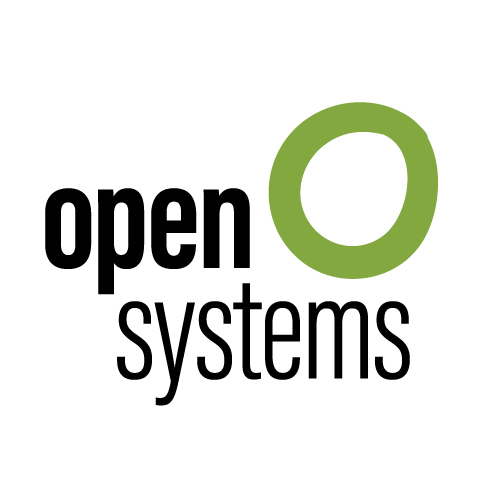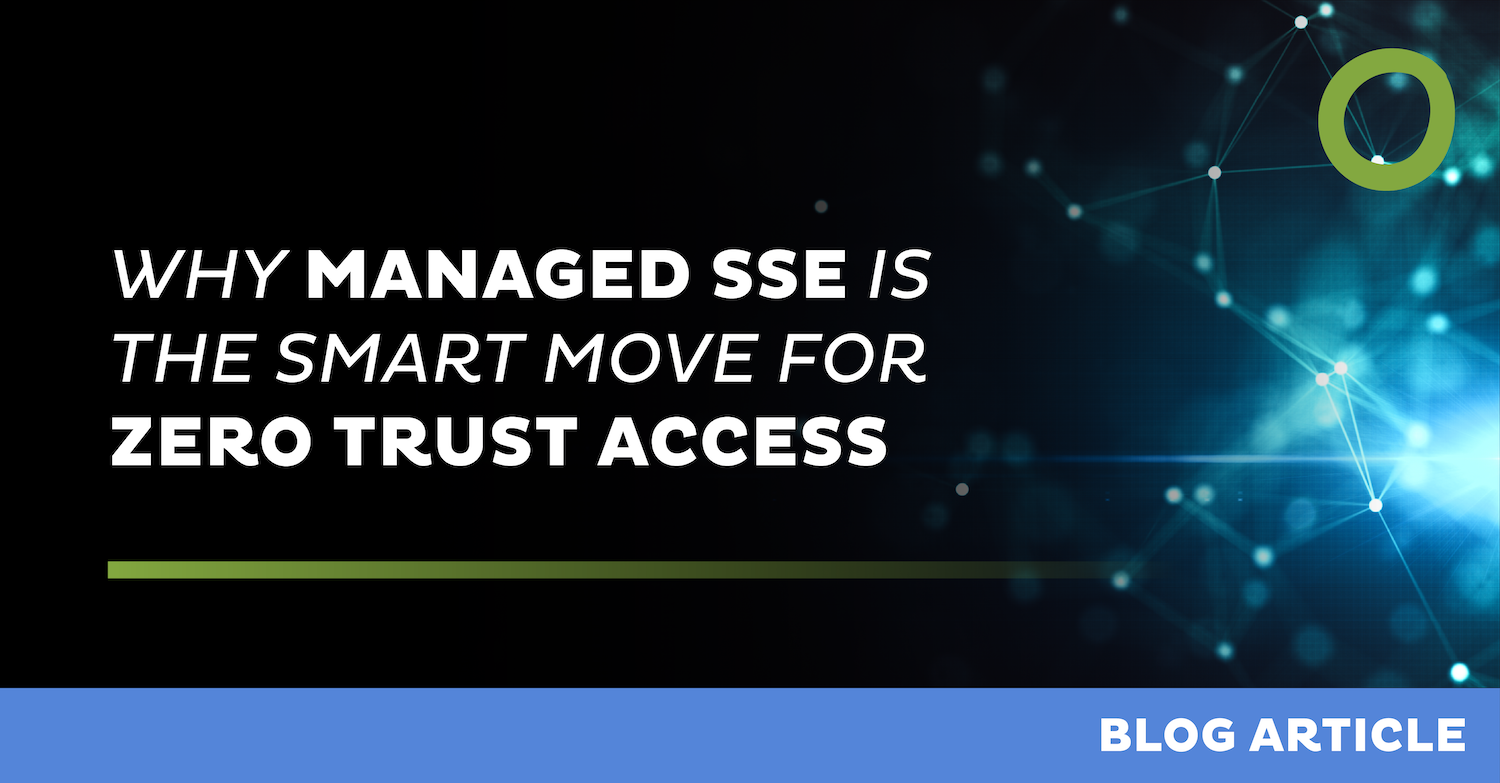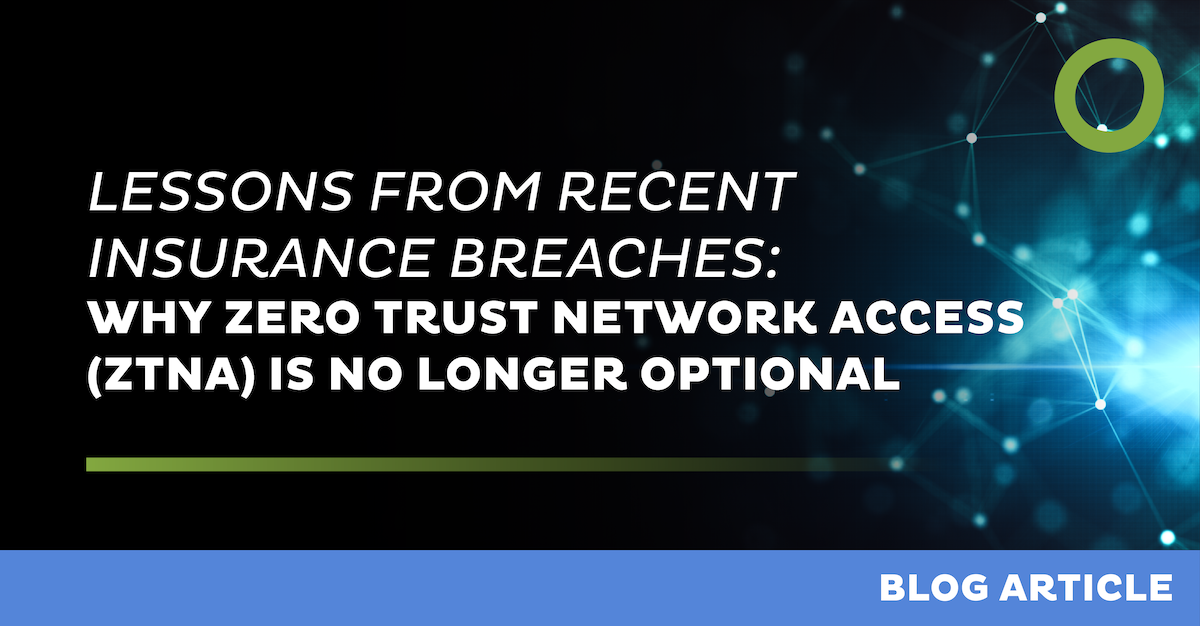
Lessons from the AWS US-East-1 Outage: How Open Systems SASE provides reliable secure access


What Happened
On October 20, 2025, AWS experienced a significant outage centered in its US-East-1 region (Northern Virginia). According to public statements, the disruption caused “increased error rates and latencies for multiple AWS services in the US-EAST-1 Region.”
The incident appears to have originated from an internal DNS and network-load-balancer health monitoring subsystem failure.
For organizations relying on AWS, this outage was a reminder that even the most reliable hyperscalers can experience downtime. What truly differentiates outcomes is whether your service providers are architected to absorb such failures without impact.
Why US-East-1 Matters
The US-East-1 region is not just another data center. It’s one of AWS’s oldest and most interconnected regions, and often acts as the default for many workloads. When it goes down, ripple effects can impact SaaS platforms, security services, and application delivery worldwide.
But while AWS’s issue was regional, many organizations experienced global degradation — because their connectivity or security services were tied to a single region. The lesson? Resilience depends on how your provider is built, not just where it’s hosted.
How Open Systems Builds for Reliability
At Open Systems, resilience is engineered into the foundation of our managed SASE architecture. We don’t rely on a single provider or region — we design for continuity by default.
Multi-Cloud Deployments
Our platform runs active infrastructure across multiple cloud providers, such as AWS and Azure. If one provider or region experiences disruption, workloads are automatically redirected to another — ensuring uninterrupted operations.
Regional Independence
We distribute services across multiple regions within each provider, with automated region failover. Even if a region like US-East-1 becomes unavailable, users remain connected through alternate regions.
Automated Routing and Monitoring
Automated health checks continuously assess the availability of every service component. If degradation is detected, traffic is dynamically rerouted within seconds, maintaining user experience without manual intervention.
Why It Matters
Organizations today depend on globally distributed workforces and cloud-native operations. Any outage in a major provider can have cascading business effects — from lost productivity to compliance exposure.
By working with providers that build in multi-cloud and multi-region redundancy, enterprises significantly reduce their dependency on any single infrastructure provider. During the AWS US-East-1 outage, this design approach allowed Open Systems to maintain service continuity across all customers.
Key Takeaway
Resilience is not an add-on — it’s a design principle.
The ability to withstand cloud provider disruptions depends on architectural choices made long before an incident occurs. Providers that implement automated failover, multi-cloud distribution, and real-time monitoring ensure that your critical services remain available — no matter what happens in the background.
Leave Complexity
Behind
To learn how Open Systems SASE Experience can benefit your organization, talk to a specialist today.
Contact Us



